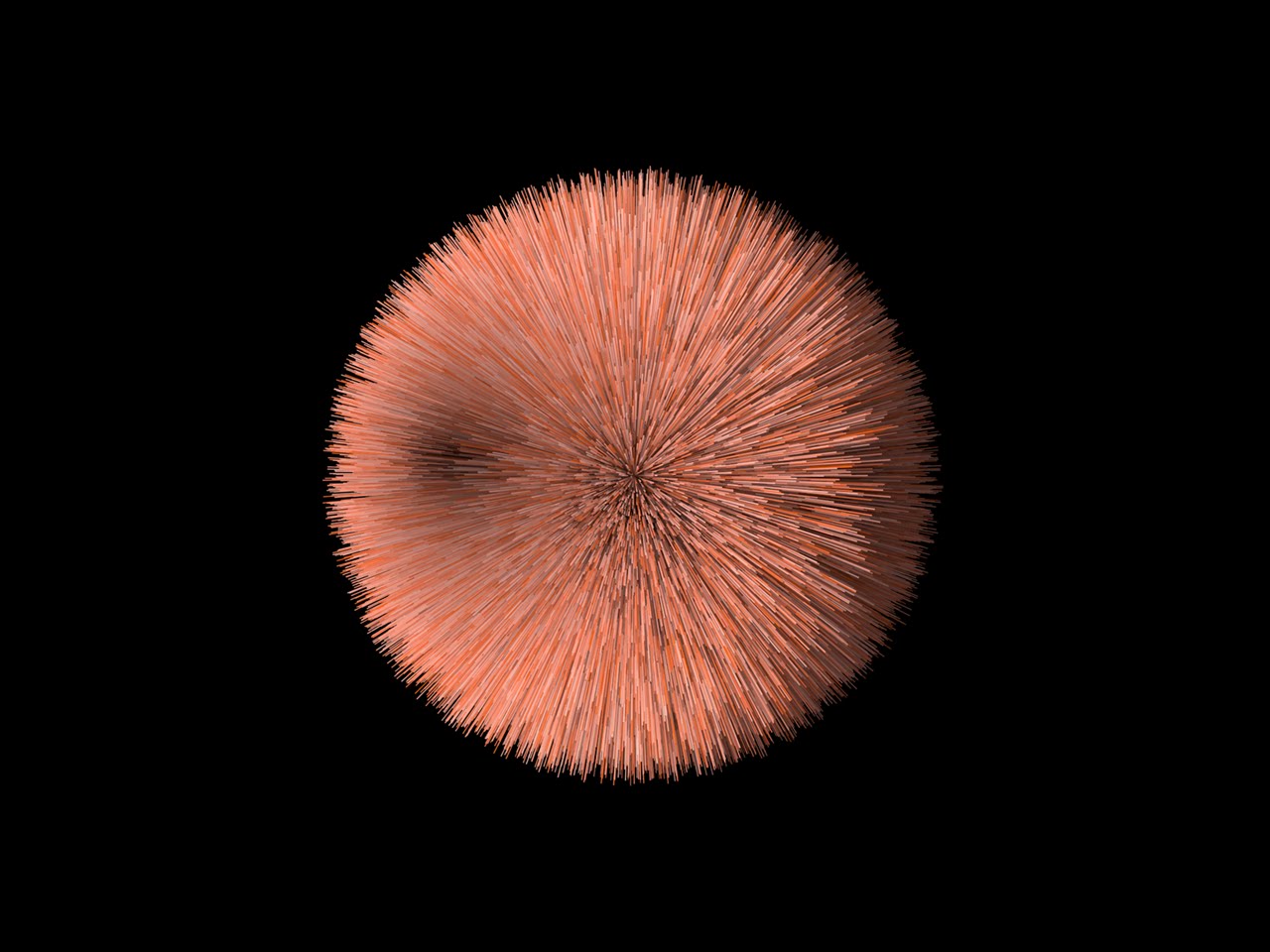Here is a bit more information from wikipedia on the background of this theorem:
The Banach–Tarski paradox is a theorem in set-theoreticgeometry, which states the following: Given a solid ball in 3‑dimensional space, there exists a decomposition of the ball into a finite number of disjointsubsets, which can then be put back together in a different way to yield two identical copies of the original ball. Indeed, the reassembly process involves only moving the pieces around and rotating them, without changing their shape. However, the pieces themselves are not “solids” in the usual sense, but infinite scatterings of points. The reconstruction can work with as few as five pieces.[1]
A stronger form of the theorem implies that given any two “reasonable” solid objects (such as a small ball and a huge ball), either one can be reassembled into the other. This is often stated informally as “a pea can be chopped up and reassembled into the Sun” and called the “pea and the Sun paradox”.
This is indeed tough to get one’s mind around but very cool.

check out the origional video on youtube. Vsauce
Kaboom James Herrera
Badass! Really worth the watch.
Its one thing to be a science page, its another to continuously steal from vsauce without any acknowledgement or reference.
VSAUCE!
Is this true
Hell yeah I saw it when it came out and it was interesting
If you think about it, it makes sense
Oh yea totally for get about matter, can’t be apply in the real world if you don’t have matter . Stupid
Cool.
Joshua Alvarez have you heard of this?
Yeah, but I didn’t know it was called the Banach-Tarski paradox. It’s pretty cool.
At the end of the video the guy references a few books that seem pretty interesting
Yeah. It’s very abstract.
Zachary Goodness-moulton
Brett Davis
Does the writer of this article only speak English as a second language? Yeesh
And then points smaller than those particles and so on and so forth.